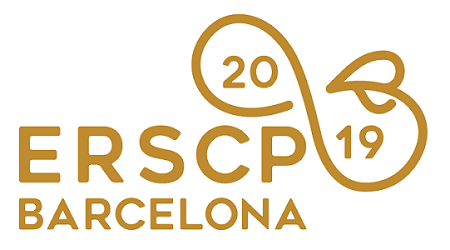Papers Proceedings »
Enabling industrial symbiosis. Potential drivers and barriers
We live in an environment in which there is a frenetic pace of production and consumption, where the business model of companies is based on taking, making, using and wasting. However, this is not sustainable over time and that is where the circular economy comes in. Circular Economy aims to prevent the depletion of resources, close energy and materials loops and facilitate sustainable development (Prieto-Sandoval, et al. 2018). Companies can collaborate together to get close loops and get mutual benefits, this is known as Industrial Symbiosis (IS). IS has been defined as engaging “traditionally separate industries in a collective approach to competitive advantage involving physical exchange of materials, energy, water, and by-products” (Chertow, 2000). Although there are several documented cases of IS showing the benefits of adopting it, IS collaborations are sometimes difficult to initiate (Chertow, 2007). The objective of the study is to analyze patterns in cases of IS that have occurred over the years identifying barriers and facilitators to help future companies to implement IS, so they can carry it out in the most appropriate way possible. A total of ten cases of IS have been analyzed with the software Atlas-ti. In some of the cases the IS has been implemented in a top-down way, while in others, the IS implementation has a bottom-up form. There have been several factors identified which represent both barriers and drivers for the development and operation of IS networks. These drivers and barriers are related to information availability and accessibility, economic and technical aspects, region and industry-specific issues, regulations, and organizational and social issues. The main factors identified with opportunities for IS development are related to the characteristics of the community in which the IS takes place: small size, geographical proximity, collaborative culture and good communication. It has also been found that the spontaneous nature of the development and evolution of the IS networks is an important aspect to consider, as these networks appear to be more resilient than those that are planned or “designed from scratch.” On the other hand, some of the limiting factors identified are to companies’ lack of information availability and lack of awareness of the potential alternative uses for their wastes, which are sometimes seen as less important, non-core business activities. In addition, the lack of financial support available and the large investments needed are also the main barriers towards the development of IS networks. Also, incentive and regulatory policies may vary in their impacts in the development of IS linkages, as they may present themselves as barriers even though they are designed to ensure that these possible networks won’t give rise to negative environmental impacts. It is important to know these barriers and drivers to solve them and rely on them respectively. It is about boosting the IS between the companies so that only knowing what is difficult and what facilitates the implementation, it will be possible to achieve the path towards the circular economy.
